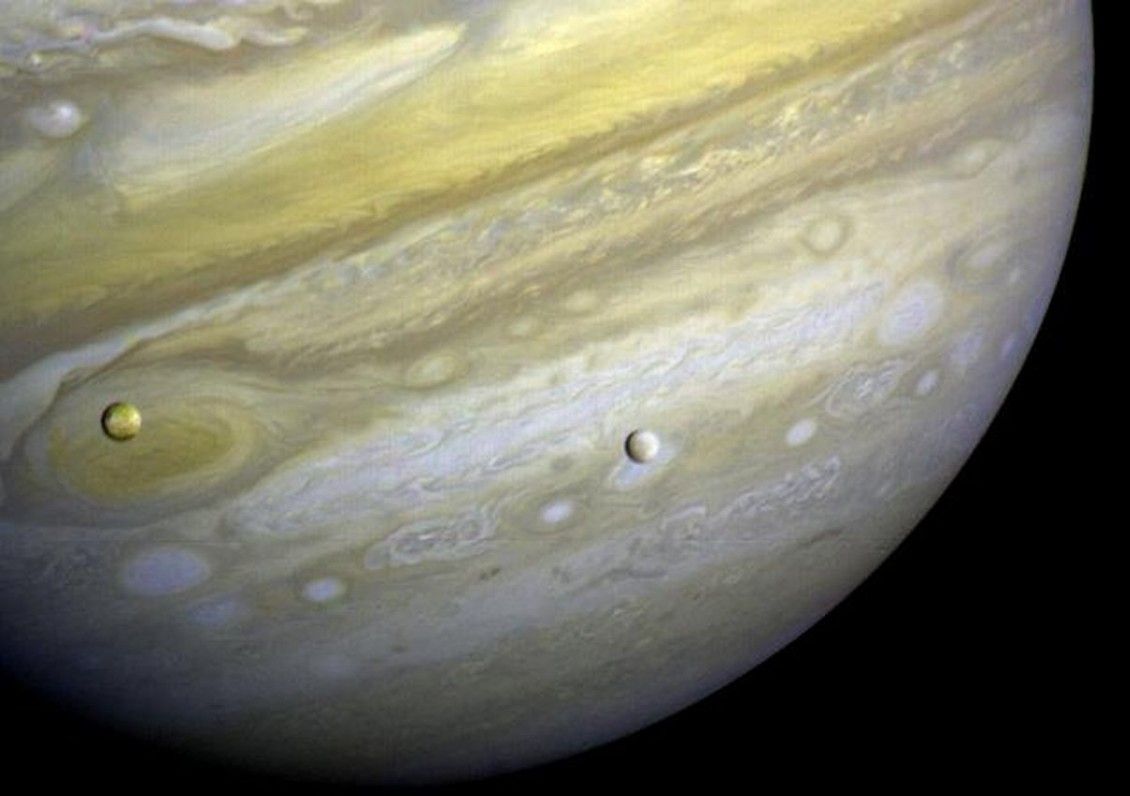Do we owe our existence to Jupiter? That used to be the standard paradigm in planetary theory, but now theorists routinely debate the merits of such a gas giant planet parked out at a 12 year orbit in our own solar system. However, one thing is clear; solar systems like ours with Jupiter analogs are pretty scarce.
Solar systems like ours, in which Jupiter-like planets orbit their parent stars at Jupiter-like distances, remain scarce in the local stellar neighborhood, says an Australian-led team of astronomers.
The team who report their findings in The Astrophysical Journal, analyzed the latest results from an ongoing planet detection survey of more than 200 solar-type stars mostly within some 300 light years of Earth.
They confirms that 17 years of data taken with the 3.9-meter Anglo-Australian Telescope in Australia, indicates that only some 6.2 percent of 202 nearby solar type harbor Jupiter analogs. That is, gas giant planets that would circle their stars on Jupiter-like orbits of 3 to 5 astronomical units (AU), or Earth-Sun distances. Our own Jupiter lies at 5.2 AU, which means it orbits our Sun roughly once every 12 years.
